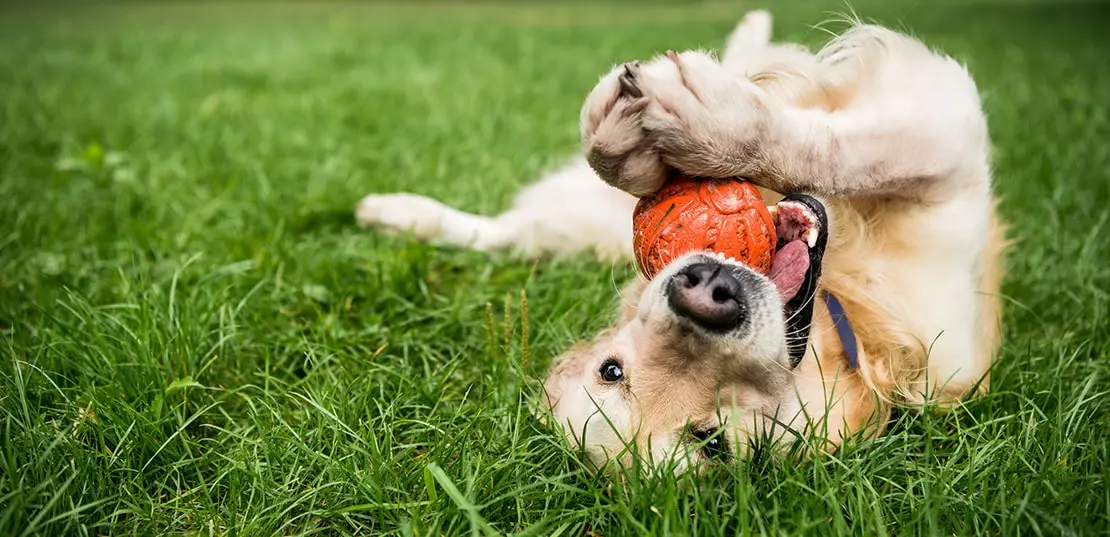888Norfolk Spaniel
Conditions of detention
The Norfolk Spaniel was well-suited to rural and hunting environments. They needed ample space to run and exercise, making them ideal for countryside living.
Useful Fact: These dogs were bred for outdoor work and thrived in environments where they could engage in hunting activities.
Nutrition and diet
Norfolk Spaniels required a balanced diet rich in protein to support their active lifestyle. High-quality meats and a variety of nutrients were essential for their health and energy.
Useful Fact: A diet similar to that of modern working dogs, with lean meats and complex carbohydrates, would have been suitable for them.
Health
As an extinct breed, detailed health records are not available. However, like other spaniels, they might have been prone to common genetic issues such as hip dysplasia and ear infections.
Useful Fact: Regular veterinary care and a balanced diet would have been crucial to maintaining their health and working ability.
Grooming and care
The Norfolk Spaniel had a medium-length coat that required regular grooming to prevent matting and to keep it clean. Weekly brushing would have been necessary.
Useful Fact: Their ears required special attention to prevent infections, a common issue among spaniel breeds due to their floppy ears.
Education and training
Norfolk Spaniels were intelligent and eager to please, making them relatively easy to train. Consistent, positive reinforcement methods would have been most effective.
Useful Fact: Early socialization and training were crucial to harness their hunting instincts and ensure they were well-behaved both at home and in the field.
Toys and entertainment
These spaniels would have enjoyed toys that engaged their hunting instincts, such as fetch toys and puzzle games. Activities that simulated hunting would have been particularly enjoyable.
Useful Fact: Regular playtime and training sessions would have helped keep them mentally and physically stimulated.
Safety
Given their hunting instincts, Norfolk Spaniels would have needed supervision when off-leash to prevent them from wandering or chasing after game.
Useful Fact: A secure, fenced yard would have been essential to keep them safe and contained.
Accessories
Essential accessories for Norfolk Spaniels would have included sturdy collars, leashes, and harnesses. Comfortable bedding and travel crates would also have been necessary.
Useful Fact: Reflective gear could have improved their visibility during early morning or evening walks, enhancing their safety.
Socialization
Early and ongoing socialization with people, other dogs, and various environments would have been crucial for Norfolk Spaniels to develop into well-rounded adults.
Useful Fact: Proper socialization would have helped them adapt to new situations and reduced potential anxiety or fear-based behaviors.
Travel and Transportation
Norfolk Spaniels could have adapted to travel if accustomed to it from a young age. Ensuring they were securely restrained during car rides would have been important.
Useful Fact: Portable water bowls and travel crates would have made journeys more comfortable for them, especially on long trips.
Behavior and psychology
Norfolk Spaniels were known for their intelligence, loyalty, and high energy. They formed strong bonds with their owners and required mental and physical stimulation.
Useful Fact: Regular exercise and mental challenges would have helped prevent anxiety and behavioral issues, ensuring a well-balanced temperament.
Legal aspects
Owners would have needed to be aware of local leash laws and regulations regarding pet ownership. Ensuring they were up-to-date with vaccinations and licenses would have been important.
Useful Fact: Microchipping could have helped recover a lost dog more quickly and might have been required by local regulations.


